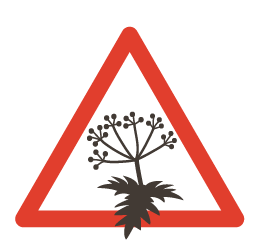Eastern gray squirrel – Sciurus carolinensis
- Overview
- Images
- Identify
- Biology
- Taxonomy
- Occurrence
- Specimen
- Invasive alien species

Description
Eastern grey squirrels are highly adaptable and opportunistic, being known to consume a wide range of foods, from seeds of trees to plant material (flowers, buds, shoots, fruit), and from fungi to insects. As an opportunist, the grey squirrel even feeds on birds’ eggs and nestlings. The species inhabits a variety of forests, but particularly favours uniform advanced forests with tree species that produce food suitable for winter storage (oak, walnut, hickory). Such forests also tend to have dense understorey vegetation. Grey squirrels are also present in urban and suburban environments, but their densities in such environments are lower than in forested areas.
Female grey squirrels reach sexual maturity as early as the age of 5.5 months, but do not usually have their first litter until they are over the age of 12 months. Young males become sexually mature at the age of 10–11 months, but if adult males are present, sexual maturity may be delayed until the age of 2 years. In their native range, grey squirrels have two litters per year. Parts of the female population breed in the spring, and others in the autumn. The gestation period is 44 days, after which the female gives birth to an average of 2 to 3 hairless and blind young. The young are weaned after 10 weeks. Young grey squirrels reach adult body weight at around the age of 8-9 months. The annual mortality rate of adults varies between 42 and 58%.
Description text authors:
Katja Holmala (Luke) – published 29.3.2016.
The map represents observations of this taxon, but it may not be used as a distribution map.
- Total squares
- harmaaorava (Finnish)
- östlig gråekorre (Swedish)
- Eastern gray squirrel (English)

| Establishment | Does not occur in Finland |
|---|
Invasive alien species of Union concern (EU 2016/1141; 2017/1263; 2019/1262; 2022/1203) ?
- Thomas Lilley
- Mammals
- Small mammals